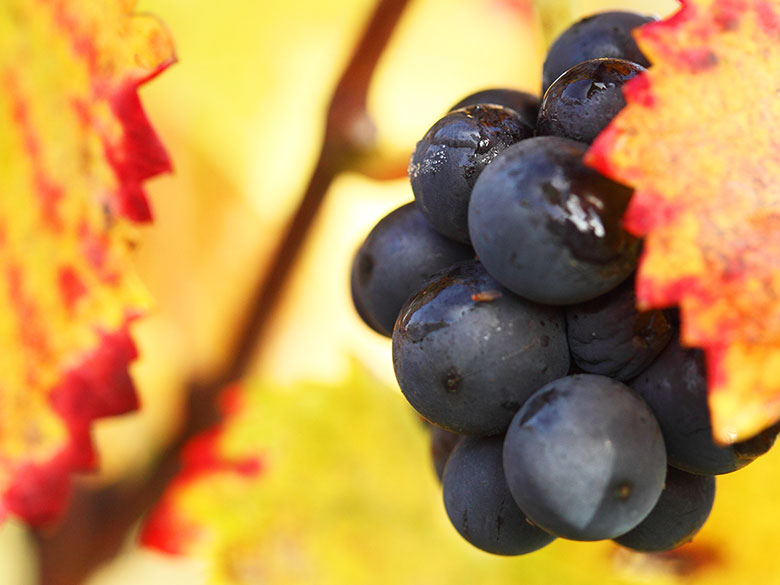
Age of vines 25 years Grape variety Pinot Noir Ageing French oak barrels. Origin of wood: Allier and Vosges 25%ofnewoak. Wine remained 15 months in barrels. Viticulture Pruning style: Cordon de Royat and Guyot simple. Manual harvest Green work (de-budding, leaf-thinning,...). Triple sorting: in the vineyard (twice) and in the winery on sorting table Winemaking Grapes are destemmed, put into vat at 12°c during 5 days (cold pre-fermentary) to extract the primary aromas. Indigenous yeasts. Smooth extraction respecting the grape variety, terroir and vintage. Fermentation lasts around 20 days. Tasting notes A bouquet of deep red and black berries, Between finesse and concentration, a powerful body with coated tannins that brings a smooth relief in the mouth Wine pairings Coq au vin, red meat in fine sauces, duck magret, roasted pigeon... Operating temperature between 16°C and 17°C Aging potential 7 to 9 years


To the west of Chassagne-Montrachet lies this historically rich vineyard. It all began around the year 590 with the foundation of the Abbey of Sainte-Marie in Autun by Queen Brunehilde and Bishop Syagre (about 40km to the west). Recognised by Gregory the Great in 602, it was plundered and destroyed twice before Charlemagne rebuilt it and gave it the name of St Jean le Grand. It is known that the Benedictine nuns owned and harvested the vineyard well before the year 1000, although no further details are available. The vineyard was then taken over by the Cistercian monks of the Abbey of Maizières in Beaune. One can assume that it was a gift from Charlemagne, as was the eponymous climat at Aloxe-Corton. Another theory is that the name comes from the monks of St Jean de Santenay, who were the first to clear the plot in the Middle Ages. In terms of terroir, Clos St Jean faces east, thus protecting itself from the strong summer heat. The soil is very varied despite the flat terrain, with a clay bank dotted with limestone marls and pebbles. Rich but elegant, the wines of this terroir develop a powerful body with a smooth relief and deep aromas of red fruits.